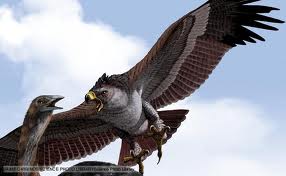.jpg) The Wyoming toad or Baxter's toad (Bufo baxteri or Anaxyrus baxteri) is an extremely rare amphibian that exists only in captivity and within Mortenson Lake National Wildlife Refuge in the U.S. state of Wyoming. The Wyoming toad was listed as an endangered species in 1984, and listed as extinct in the wild since 1991. Before the sharp declines occurred, this toad was classified as a subspecies of the Canadian toad.
The Wyoming toad or Baxter's toad (Bufo baxteri or Anaxyrus baxteri) is an extremely rare amphibian that exists only in captivity and within Mortenson Lake National Wildlife Refuge in the U.S. state of Wyoming. The Wyoming toad was listed as an endangered species in 1984, and listed as extinct in the wild since 1991. Before the sharp declines occurred, this toad was classified as a subspecies of the Canadian toad.Habitat
The Wyoming toad frequents floodplains and the short grass edges of ponds, creeks, and lakes. They frequently use abandoned pocket gopher and ground squirrel burrows as hibernacula.
Conservation history
Wyoming toad being examined by FWS employee
Future conservation of the Wyoming toad in the wild is heavily dependent on eradicating chytrid fungus (Batrachochytrium dendrobatidis), which is probably the biggest threat to the species' survival.




